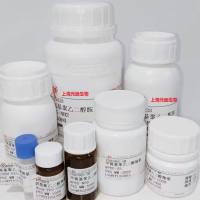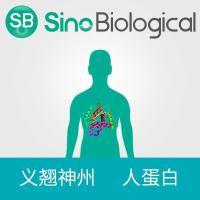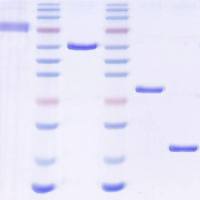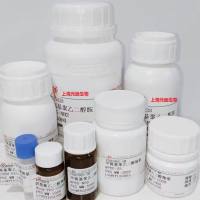Probiotic Attributes of Lactic Acid Bacteria Isolates
互联网
Introduction
Presently the consumption of probiotic food is highly popular worldwide for their health beneficial effects. Commonly used probiotic bacteria belong to lactic acid bacteria (LAB) family i.e. Lactobacillus and Bifidobacterium. Probiotic bacteria that are delivered through food systems have to firstly survive during the transit through the upper gastrointestinal tract, and then persist in the gut to provide beneficial effects for the host. To confirm a strain as a probiotic, few tests i.e. acid tolerance, bile tolerance and surface hydrophobicity is recommended, their protocols are described below:
Procedures
In-vitro evaluation
-
Acid Tolerance. The bacteriocin producing LAB isolates may grow in MRS broth at 30° C without shaking
and growth and have to be monitored at 650 nm.- Adaptation to low pH: Dilute log-phase LAB cultures 100 fold in fresh MRS broth (10 ml) to make a preculture. Dilute again this preculture 100 fold in 100 ml fresh MRS broth. Grown this culture to cell density 5 x 108 cells/ml (OD650 = 0.5). Harvest bacteria by centrifugation (10,000; 5 min.). Resuspend cells in an equal volume of MRS broth (devoid of yeast extract) having pH 5.5 and 6.0. Allow to adapt for 30 min at 30° C.
- Acid challenge: Harvest cells by centrifugation and resuspend in an equal volume of MRS broth adjusted at pH 3, 2.5, 2 and 1 using 1 N HCL. Determine counts of viable cells after 0, 15, 30, 60, 120 min and also after 12 and 24 hr. Dilute samples in peptone water and determine viable counts by plating on MRS agar and incubation at 30° C for 6 days.
-
Bile tolerance
- Bacterial growth: Grow bacteriocin producing LAB isolates in MRS broth.
- Bile challenge: Harvest cells by centrifugation and resuspend in an equal volume of MRS broth adjusted at 0.15, 0.30 and 0.50% with dehydrated fresh bile (Oxgall, Difco). Count viable cells after 0, 15, 30, 60, 120 min. and also after 12 and 24 h. Dilute samples in peptone water and determine viable counts by plating on MRS agar and incubation at 30° C for 6 days.
-
Cell-Surface Hydrophobicity. The cell-surface hydrophobicity may be measured as described as follows:
Assay Procedure: Grown LAB isolates in MRS medium at 30° C under aerobic/anaerobic conditions. Harvest cells in their early log growth phase, wash twice
and resuspend in 1.2 ml PUM buffer:K2 HPO4 22.2 g
KH2 PO4 7.26 g
Urea 1.8 g
MgSO4 .7H2 O 0.2 g
Distilled water to 1000 ml
pH 7.1Add 60 μl of various test hydrocarbons viz. n-hexadecane and xylene. Preincubate cells at 30° C for 10 min. and then agitate mixture using vortex mixter (Spinix, India) for 120 sec. Allow hydrocarbon layer to rise completely. Carefully remove aqueous phase with a Pasteur pipette about after 15 min. and transfer to a 1 ml cuvette. Measure OD at 450 nm. Calculated hydrophobicity according to the formula:
OD450before - OD450after
------------------------------´ 100 = %hydrophobicity
OD450 before









